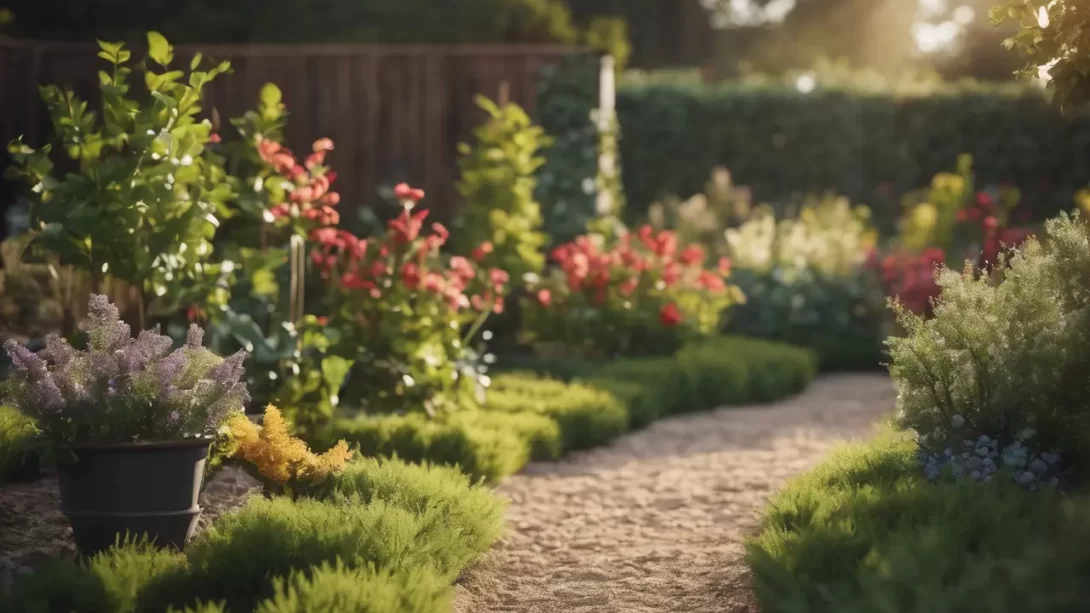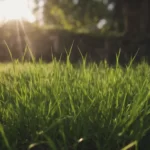Roundup is a widely used herbicide in both residential and commercial gardening for its effectiveness in controlling weeds. Its popularity stems from its ability to manage a broad spectrum of weed species. However, gardeners often face a crucial question: how long should one wait after using Roundup before planting new plants? This article aims to provide clarity on this matter, ensuring both effective weed control and the safety of new plantings.
Roundup and Its Active Ingredient
The active ingredient in Roundup is Glyphosate, a systemic herbicide that works by being absorbed through the foliage and then transported to the root system, effectively killing the entire plant. Glyphosate interferes with a specific enzyme pathway essential for plant growth, which is why it is so effective as a weed killer. Once applied, Glyphosate binds to the soil and begins to break down over time, a process influenced by various environmental factors.
Factors Influencing Roundup’s Persistence in Soil
The persistence of Roundup in soil, and consequently the appropriate waiting period before planting, is influenced by several factors:
- Soil Composition: Different soil types can affect how Glyphosate binds and breaks down. For instance, clay soils may retain the chemical longer than sandy soils.
- Temperature: Warmer temperatures generally accelerate the breakdown of Glyphosate, while cooler temperatures can prolong its activity.
- Rainfall and Moisture: Adequate moisture is necessary for the microbial activity that helps break down Glyphosate, but excessive rainfall can also lead to the chemical leaching deeper into the soil.
- Soil pH Levels: The acidity or alkalinity of the soil can influence the degradation rate of Glyphosate.
- Microbial Activity: The presence and activity of certain soil microorganisms play a crucial role in breaking down Glyphosate. These microorganisms require certain conditions, such as adequate warmth and moisture, to be effective.
Understanding these factors can help gardeners make informed decisions about the timing of planting after using Roundup to ensure that new plants are not adversely affected by residual herbicide in the soil.
General Guidelines on Planting After Using Roundup
After applying Roundup, it’s generally recommended to wait a certain period before planting to ensure the herbicide has sufficiently degraded. The typical waiting period suggested by the manufacturer is usually around three days for ornamental plants, flowers, and grasses. However, this can vary based on the specific Roundup product used and the factors previously mentioned like soil type and environmental conditions. For more sensitive planting projects, such as vegetable gardens, a longer waiting period may be advisable.
Planting Vegetables After Roundup Application
When it comes to vegetable gardens, extra caution is warranted due to the edible nature of the plants. It is generally recommended to wait at least a week before planting vegetables, but some gardeners and experts suggest a longer interval, ranging from two to four weeks, to be on the safe side. The sensitivity of different vegetables to chemical residues and the varying rates of Glyphosate breakdown in soil justify this extended waiting period. For those seeking to maintain organic gardening practices, alternative weed control methods should be considered to avoid any risk of chemical residue in food crops.
Tips for Safely Using Roundup in Gardens
If using Roundup is necessary, there are best practices to ensure its safe use and minimize its impact on future planting:
- Targeted Application: Apply Roundup directly to the weeds you intend to kill, avoiding unnecessary spreading to other areas of the garden.
- Avoid Drift: Be cautious of herbicide drift caused by wind, which can inadvertently affect nearby plants not targeted for removal.
- Proper Dosage: Use the recommended concentration as indicated on the product label. Overapplication can lead to increased persistence in the soil.
- Timing: Consider applying Roundup when no immediate planting plans are in place, giving the herbicide ample time to break down.
By following these practices, gardeners can use Roundup more effectively and responsibly, ensuring that it serves its purpose without compromising the safety and health of subsequent plantings.
Roundup’s Environmental Impact
Beyond the immediate concerns about planting after using Roundup, it’s important to consider the broader environmental impact of Glyphosate-based products. Studies have shown that Glyphosate can have various effects on the environment, including potential risks to beneficial soil microorganisms and long-term soil health. Additionally, concerns have been raised about its potential impact on wildlife and water quality. These considerations are crucial for gardeners who are mindful of their ecological footprint and the sustainability of their gardening practices.
Alternatives to Chemical Weed Control
For those seeking to minimize the use of chemical herbicides like Roundup, there are several effective organic weed control methods:
- Mulching: A thick layer of mulch can suppress weed growth by blocking sunlight and maintaining soil moisture.
- Manual Removal: Regular weeding by hand or with tools can be effective, especially if done consistently.
- Natural Herbicides: Some gardeners opt for natural herbicide options, such as vinegar or boiling water, though these may have varying levels of effectiveness and may still pose risks to desirable plants.
Conclusion: Balancing Weed Control and Plant Health
In conclusion, while Roundup can be a powerful tool for weed control, understanding its effects on the soil and waiting periods for planting is essential for garden health. Gardeners should weigh the benefits of immediate weed eradication against the potential risks and impacts on future plantings and the environment. By considering alternative weed management strategies and adhering to recommended waiting periods, gardeners can achieve a healthy, thriving garden that aligns with their environmental values and gardening goals. Remember, the key to successful gardening is not just the tools and products used but the knowledge and practices that guide their use.




